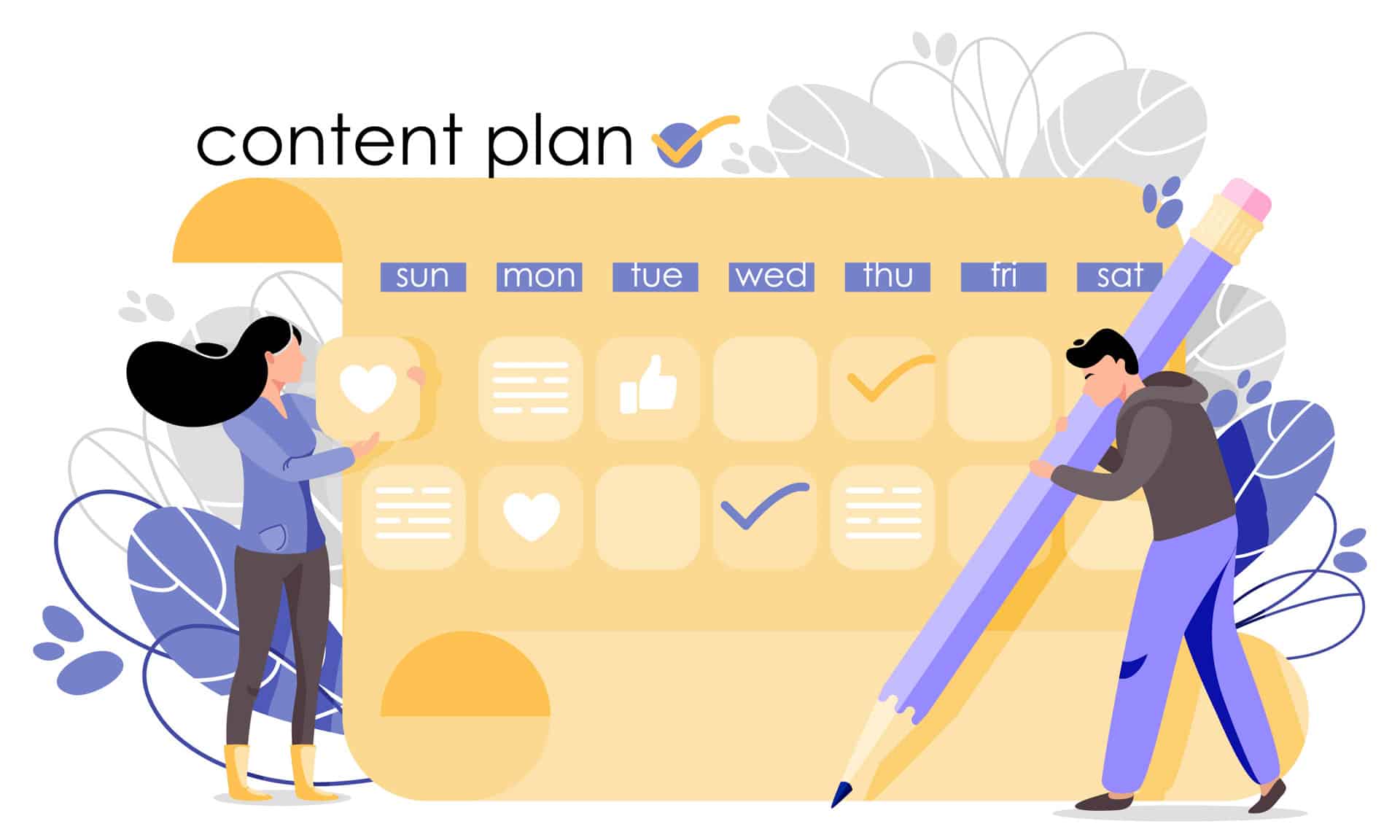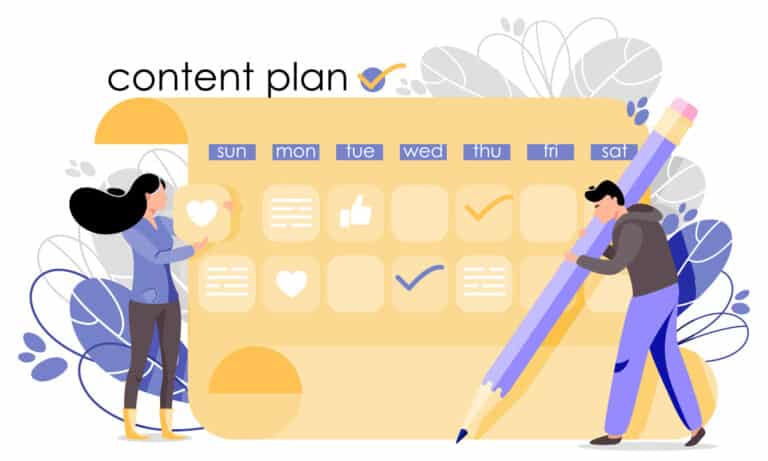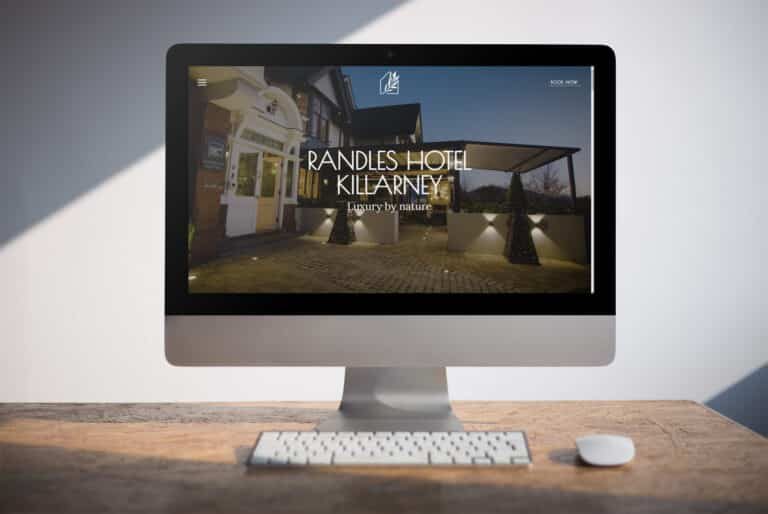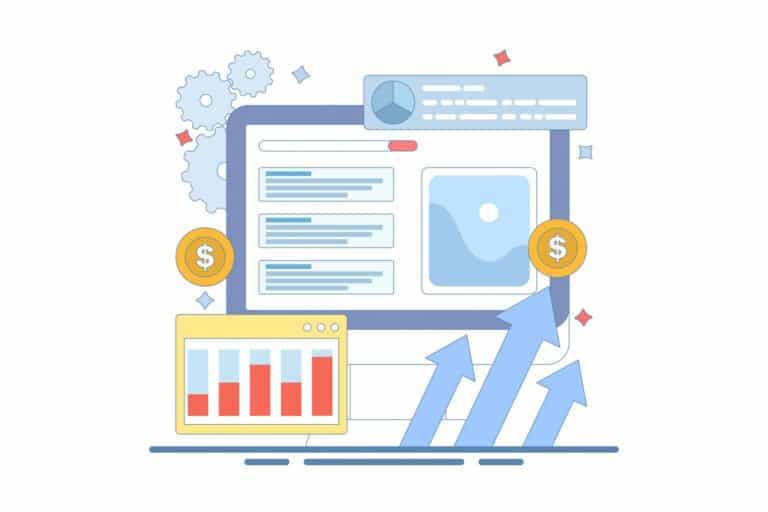As both marketers or hoteliers, we are obsessed with how consumers make decisions. After decades of study, we know this process is not only not rational at times, it can be *predictably irrational.
* (Also a great book written by Dan Ariely ).
What this means is there are a few obvious things you can do that make it more likely that people will follow your call to action. Whether this is to fill out a lead form, buy something or even sign up for your newsletter.
Some tactics have been popular since the golden era of mad men marketing. “Buy Now!”, “Book now! – only 2 rooms left”) today we’ll cover some of the lesser-known strategies.
ANCHORING & ADJUSTMENT
When it comes to pricing, ‘Anchoring’ is a powerful psychological tool where the first price that you see anchors you to future prices.
Heres a simple explanation:
If you want people to spend €250 on a hotel package, show them a package for €300 first. This is a popular tactic used by OTAs ( online travel agents) and by hotel websites (as well as most industries). For example, while looking for a hotel in New York, I saw that this hotel below has €193 as their full price and they are offering a discounted price of €133. Because of this, we are anchored to €193 as the normal price for this hotel rather than €133.

Yet, what is even less well known is that even arbitrary or random anchors can influence price perceptions.
In a study conducted by two known behavioral economists Kahneman and Tversky, participants spun a wheel to select a number between 0 and 100. The volunteers were then asked to adjust that number up or down to show how many African countries were in the U.N.
Those who spun a high number gave higher estimates while those who spun a low number gave lower estimates. All the participants used that initial number as their anchor point to base their decision – even though the number was completely random.
HOW CAN HOTELS USE THIS?
Imagine, you are a hotel in Killarney, you could refer to the fact that 2,400,000 tourists visited Kerry in 2019. You could test if anchoring people this number improves the average order value.
REMOVING CURRENCY SIGNS FROM MENUS
Do you notice that some restaurants have currency symbols on their menu and some don’t? Well, researchers at Cornell University tested this at a New York restaurant and what they found was that customers who saw a menu without the dollar symbol spent much more than those who saw a menu with a dollar symbol.
Why?
There are many different reasons why this might be the case;
- The currency symbol may trigger a defence mechanism in our brain (i.e. it is a symbol of cost to us, not gain).
- Removing the currency symbol may make us one step further removed from the monetary cost.
The reason credit cards and contactless payments work so well is that they convert money from a physical concept (when you are buying with cash) to an abstract concept.
The lesson here is pretty simple – if your hotel has a menu, remove the currency symbol from it to test this theory.
HYPER-CHOICE
We live in a world that glorifies choice where more choice is always better. It can be easy to assume that if we give consumers more choices, they will find what they are looking for, but this is not the case. What research actually shows is that if you present people with too many choices, they are actually less likely to buy.
In 2000, psychologists Sheena Iyengar and Mark Lepper published a study about jams. One day at a local food market, people were presented with a display with 24 different types of jam. Then on another day, at that same food market, people were presented with only 6 different types of jam choices.
They found that while showing more options generated more interest, people were far less likely to buy. When presented with too many choices, people become paralysed and unable to decide.
So, you have to make sure not to present your customer with too many options in your booking engine. It’s a good idea to do some A/B testing to see how many choices is too many.
PRIMING – COULD FLUFFY CLOUDS HELP BUSINESSES TO SELL COMFORTABLE FURNITURE?
Priming is the concept that exposing people to one stimulus makes them more likely to respond well to the next.
There was a study done in which an online furniture shop sent half of its visitors to a landing page with the background wallpaper showing fluffy clouds. The other half went to a landing page with background wallpaper depicting coins.
Interestingly, the background image prepped people for the type of furniture that they were looking for.
Those who saw the fluffy clouds in the background searched the site for comfort-related features and ultimately bought comfortable furniture. The coin group rated price as the most important feature. These searched for cost-related aspects of furniture and preferred to buy cheaper furniture.
What’s even more interesting about this study is that nobody recognised that they were influenced by the coins or the clouds. They said “Of course not, I decided based on my own preferences”
What does this mean?
This means that everything matters. Your background image, your design, your copy, etc.
Potential customers are reading more into these factors than they are aware of. If you want to position your hotel as a spacious, calming resort- the ideal place to unwind, etc, try adding a video to your home page showing people relaxing and exploring your serene property.
TAP INTO HOW CONSUMERS MAKE DECISIONS
In a competitive market, using these psychological triggers can improve the conversion rate for your hotel.
Finally, these tactics should always be used ethically. For example, you shouldn’t say that there are only 2 rooms left if that is not actually correct. It is not just the right thing to do, it often makes business sense as well. Many brands are built on trust so if shady tactics are ever exposed, that would ruin the trust that customers have in your brand.
Much of these tactics may seem obvious or even too simple. Think about the last thing you bought online – what was it that made you click? These simple strategies can make a huge difference to your business if you need help with how to use them, just fill out our quick form here.





